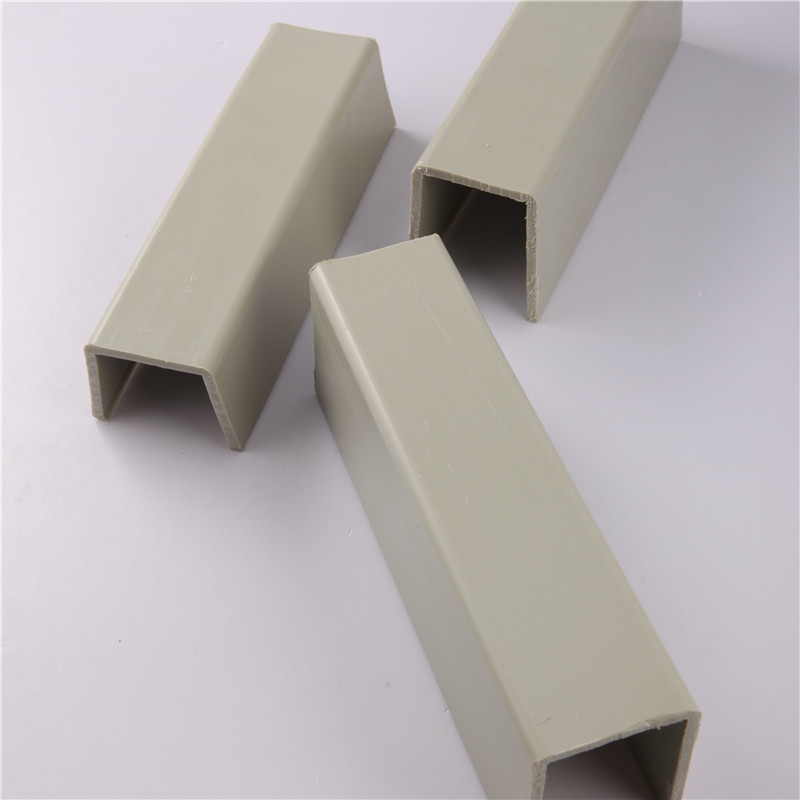Oct . 09, 2024 23:04 Back to list
Choosing the Right PVC Pipe for Efficient Lawn Irrigation Systems
PVC Pipe for Lawn Irrigation An Efficient Solution for Gardeners
Irrigating a lawn can be a daunting task, especially for those looking to maintain lush greenery amid fluctuating weather conditions. Effective irrigation is paramount not only for the health of the grass but also for conserving water and minimizing labor. In this regard, using PVC (polyvinyl chloride) pipes for lawn irrigation has gained immense popularity among gardeners and landscapers alike. This article delves into the benefits, installation, and maintenance of PVC pipes in lawn irrigation systems.
Benefits of PVC Pipes
One of the primary advantages of PVC pipes is their durability. PVC is a robust material, resistant to chemicals, corrosion, and weathering. This means that once installed, PVC pipes can last for several years without needing significant repairs or replacements. Additionally, they do not rust, which often plagues metal pipes in outdoor settings.
Another notable benefit is the cost-effectiveness of PVC. Compared to other materials like copper or galvanized steel, PVC pipes are relatively inexpensive. This affordability means that even gardeners on a tight budget can create efficient irrigation systems without compromising on quality.
Moreover, PVC pipes are lightweight and easy to handle. This characteristic simplifies the installation process, allowing users to set up their irrigation systems without requiring extensive tools or professional help. The ease of installation translates into lower labor costs, making PVC an attractive option for DIY enthusiasts.
Installation Process
Installing a PVC pipe irrigation system involves several steps. First, it’s essential to plan the layout of the irrigation system. Carefully mapping out the areas that require watering will help determine the type and size of pipes needed.
pvc pipe for lawn irrigation

Once the planning is complete, the next step is to gather the necessary materials, including PVC pipes, fittings, and connectors. For optimal performance, it is advisable to choose pipes with appropriate diameter sizes, often ranging from ¾ inch to 2 inches, depending on the size of the lawn.
After preparing the site and assembling the materials, the pipes can be cut to the desired lengths using a PVC cutter or saw. The connections between pipes should be made using solvent cement that adheres to PVC material, ensuring a watertight seal.
Mindful placement of the pipes is crucial; they should be laid out evenly and close to the ground to prevent damage and ensure efficient water distribution. Finally, testing the system to check for leaks and adjusting the water pressure will ensure optimal water flow.
Maintenance Considerations
While PVC pipes are durable, some maintenance is necessary to keep the irrigation system functioning effectively. Regular checks for cracks, leaks, or blockages will help maintain efficiency. It's also advisable to flush the system periodically to remove any debris or sediment that may accumulate over time.
In addition, regular inspections during changing seasons can help prepare the system for winter; this may include draining the lines to prevent freezing and breakage.
Conclusion
In summary, using PVC pipes for lawn irrigation is an effective, durable, and budget-friendly solution that offers numerous benefits for garden enthusiasts. With a straightforward installation process and minimal maintenance needs, PVC irrigation systems provide an efficient means of ensuring that your lawn remains vibrant and healthy, regardless of weather fluctuations. Whether you are a seasoned gardener or just starting, considering PVC pipes for your irrigation needs could transform your outdoor space into a flourishing paradise.
-
Premium Glossy PP Rigid Sheet – Durable & Versatile
NewsAug.07,2025
-
High-Quality HDPE Sheet | Durable Plastic Panels
NewsAug.06,2025
-
High-Precision PVC Rigid Sheets for Vacuum Forming | AI-Optimized
NewsAug.05,2025
-
Durable PVC-M Water Supply Pipes | 60-Year Life
NewsAug.04,2025
-
Premium HDPE Water Supply Pipes: Durable & Leak-Proof
NewsAug.03,2025
-
Premium PVC-M Water Supply Pipe - Durable & Efficient
NewsAug.02,2025

